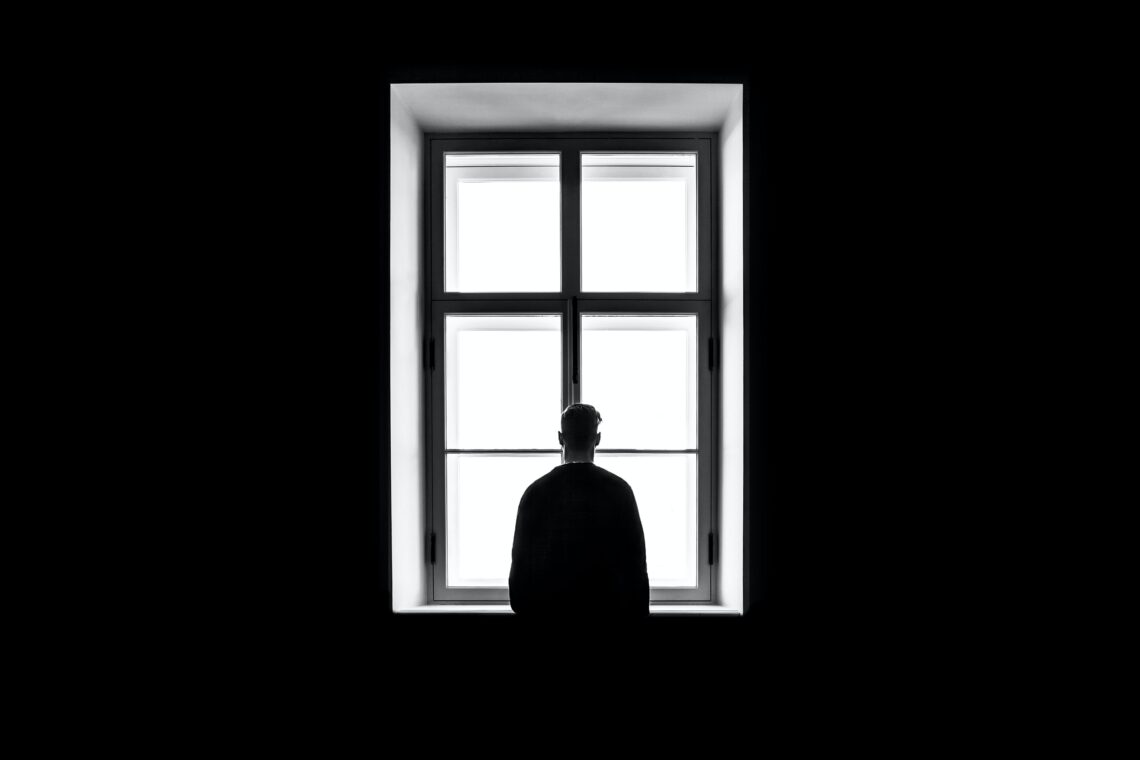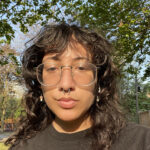
Safe at home
Cindy Hershal*, an English major studying at the University of Toronto (U of T), has always struggled with anxiety. She dealt with social anxiety and the fear of public speaking throughout all of elementary and secondary school.
When Hershal had her first panic attack during class, things began to spiral. Feeling lightheaded, dizzy and short of breath, she abruptly left the classroom. Hershal found a private washroom to be alone and calm her nerves.
The terror was visceral.
“I thought I was going to die. Or just completely lose my grip on reality. It was so scary,” she says.
This first attack left Hershal frightened about it happening again. She started avoiding that class altogether. Eventually, she switched to online classes out of the fear of having a panic attack in public.
“It just felt safer to stay home. The idea of having a panic attack paralyzed me,” she says. “I didn’t want to venture too far from home because I felt like I had more control the closer I was to my safe space.”
After seeing her doctor, Hershal was diagnosed with both panic disorder and agoraphobia. According to Statistics Canada, this diagnosis is quite common. Having a panic disorder can lead to withdrawal from activities outside of the sufferer’s comfort space.
Agoraphobia can often be misunderstood. The phobia being defined as a fear of leaving home or a fear of open spaces. Both are components of agoraphobia but do not encompass its complexity.
Statistics Canada characterizes agoraphobia as “a disorder characterized by an intense fear of public places, particularly places where help or immediate escape might be difficult (e.g., a bus or train), or places where the individual has previously had a panic attack.”
The fear of having a panic attack in public is an important fear for most who suffer from agoraphobia. This fear of panic and being unable to easily escape a situation will often drive agoraphobia sufferers to stay home.
Agoraphobia can also be present in those who do not have panic disorder or panic attacks. However, it is common to have both agoraphobia and panic disorder. There are many reasons an individual may develop agoraphobia. They range from trauma and panic attacks to social anxiety and health anxiety.
Beth Cost*, a Master of Social Work Student at U of T, discovered that her fear of illness left her housebound.
“I had always been a hypochondriac and had a lot of health anxiety, but when the COVID-19 pandemic hit, the health anxiety became overwhelming for me. It felt safer and less stressful to stay home all the time,” Cost says.
The threat of a deadly illness is enough to cause anyone stress, especially those with existing health anxiety. The threats of the outside world can be factors in keeping those with agoraphobia housebound.
According to Stats Canada, the onset of agoraphobia is typically in late adolescence or early adulthood. They also state that the phobia affects between 0.5 to 1 per cent of the Canadian population.
Agoraphobia has an extremely high recovery rate. Health Canada states that in Canada, 12-month and lifetime prevalence rates are 0.7 per cent and 1.5 per cent. This means the likelihood of recovering from the phobia and living a life without persistent agoraphobia is very high.
After Hershal’s diagnosis, she sought treatment from her family doctor. Through her unique treatment plan of medication, cognitive behavioural therapy and exposure therapy, she has made significant progress in her road to recovery.
“Getting help was so integral to my healing and recovery process. I’ve been doing so much better and slowly but surely getting back to where I was,” she says.
Hershal sounds optimistic about her future and capabilities, which she says, is far from where she was a few months ago.
“I’m feeling so much better. A couple of months ago when I was first diagnosed, I was feeling scared, hopeless and just down,” she says. “With time and support from my friends, family and medical professionals, things are looking up, and I’m working through the anxiety, panic and fear every day.”
*Interviewees requested to have their names changed for privacy reasons
About the author
Dru Gary (she/they) is a journalist for Youth Mind. She is a queer BIPOC poet and writer and a recent graduate from OCADU with a BFA in Creative Writing. She loves words and the act of stringing them together to create arrangements that are both beautiful and meaningful. They find inspiration in the intangible and attempt to create images out of abstract thought to understand and ground themselves. She ultimately seeks truth and healing through her practice.







